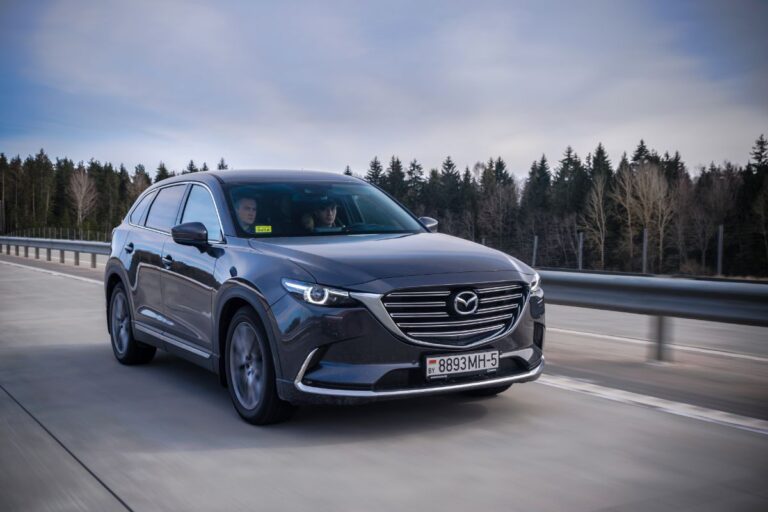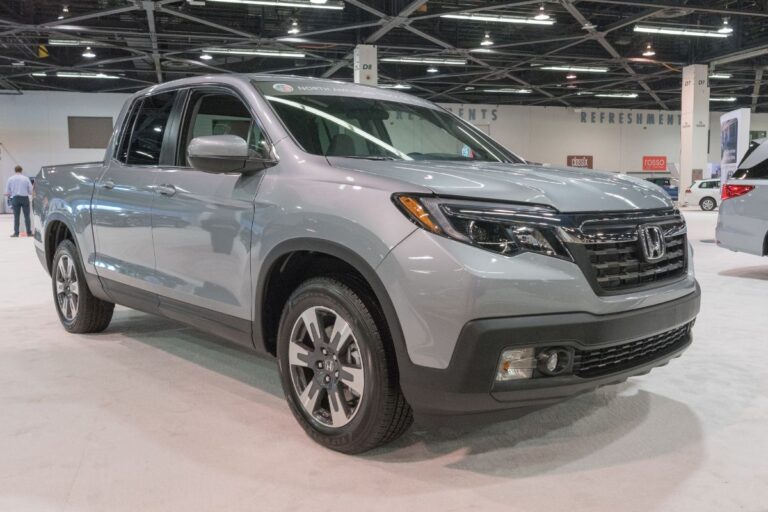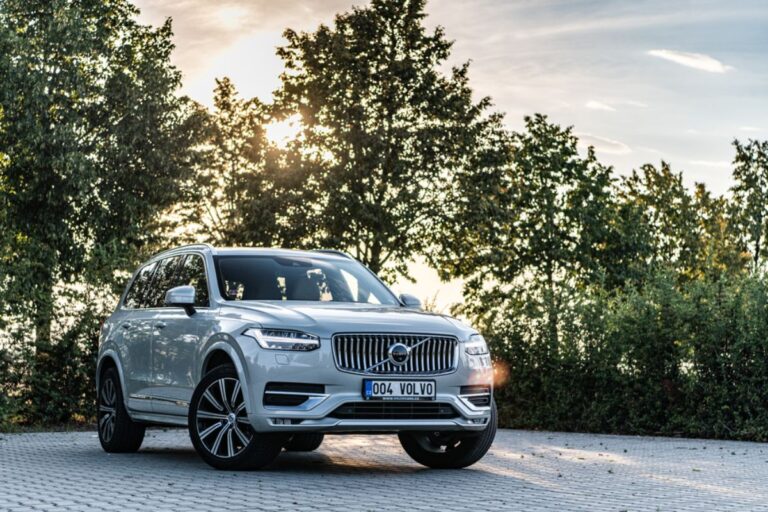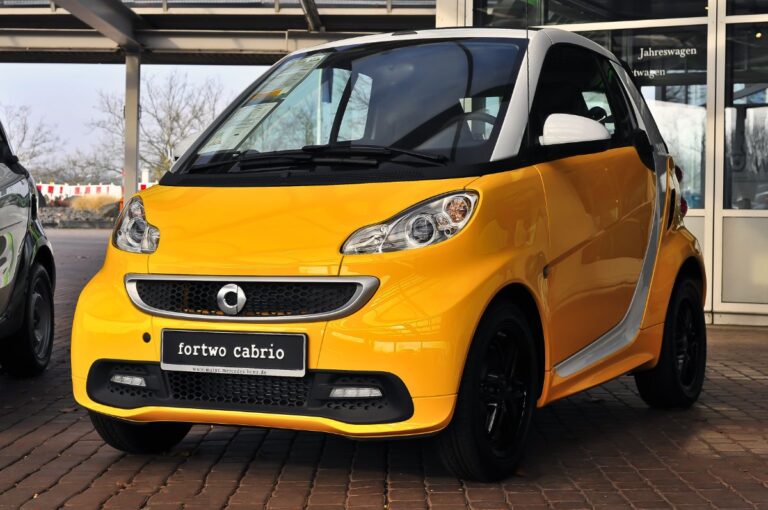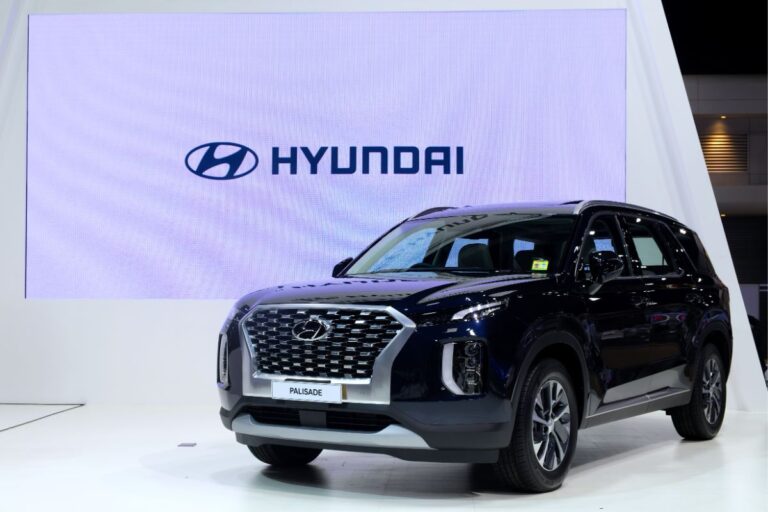
The 136,811 used car dealerships in this country sell around 40 million used cars.
Car buyers are three times more disposed to buying used cars, so it isn’t surprising that used car sales have increased to twice their former position. Seventy-four percent of drivers admit their last car purchase was a used car.
These statistics beg the question, which in turn makes you, the car buyer, wonder if you should trade in your car or sell it privately. There’s a lot to back up selling your car in a private sale, which I consider the best bargain.
You’d have a good idea if you kept Kelley Blue Book on your tablet or smart phone for consultations. The reason why is the following facts about trading in a car or selling it privately.
What Is The Value Of The Vehicle?
Both a dealership and a private buyer are going to research the value of the car. They’ll examine the car to see the condition of its major systems, including the brakes and tires.
They’ll study the body of the car for any obvious distortions. And finally, they’ll test drive it to see if anything shakes, rattles, or rolls. When they have this information, they’ll consult Kelley Blue Book for a value or a price.
Benefits of Trading in a Car

There’s nothing like driving an old clunker to a dealership and driving home in a shiny new car. It’s simple and there’s no muss, no fuss. Other benefits include:
1. The Paperwork
If you live in a sales-tax state, then you might pay sales tax on the difference between the car you’re trading in and the one you’re buying.
The dealership will do all that paperwork for you. The new car will need to be registered, taxed, tagged, and titled, as well as have the loan on your old car paid off. The dealership will do all the paperwork.
2. But It Runs
The dealership will effect repairs on your trade-in, which will increase the resale value but decrease the price the dealership offers you.
It would help your case if you were to take estimates from repair shops to the dealership. It could get you a little more on your trade-in.
3. The Offer
Dealerships are in business to make money. They generally offer somewhat less than the wholesale price on a trade-in, based on the price they’d pay to buy it from the manufacturer. This is where Kelley Blue Book can help you haggle on the price.
4. Cover Your Backside
In order not to give the dealership the power to manipulate prices, I suggest keeping the purchase of the new car completely separate from the trade-in negotiations.
Haggle on the price of the new car, and lock it in. Only then should you haggle on the price of the trade-in. Lock that in, too.
Now the dealership can’t do sleight-of-hand on the prices. Don’t sign a thing until you completely understand the small print on the contract. Once you sign anything, you have little to no recourse.
I worked for lawyers for some years, so even to this day, I don’t sign anything unless I thoroughly understand it.
Benefits of Selling a Car Yourself
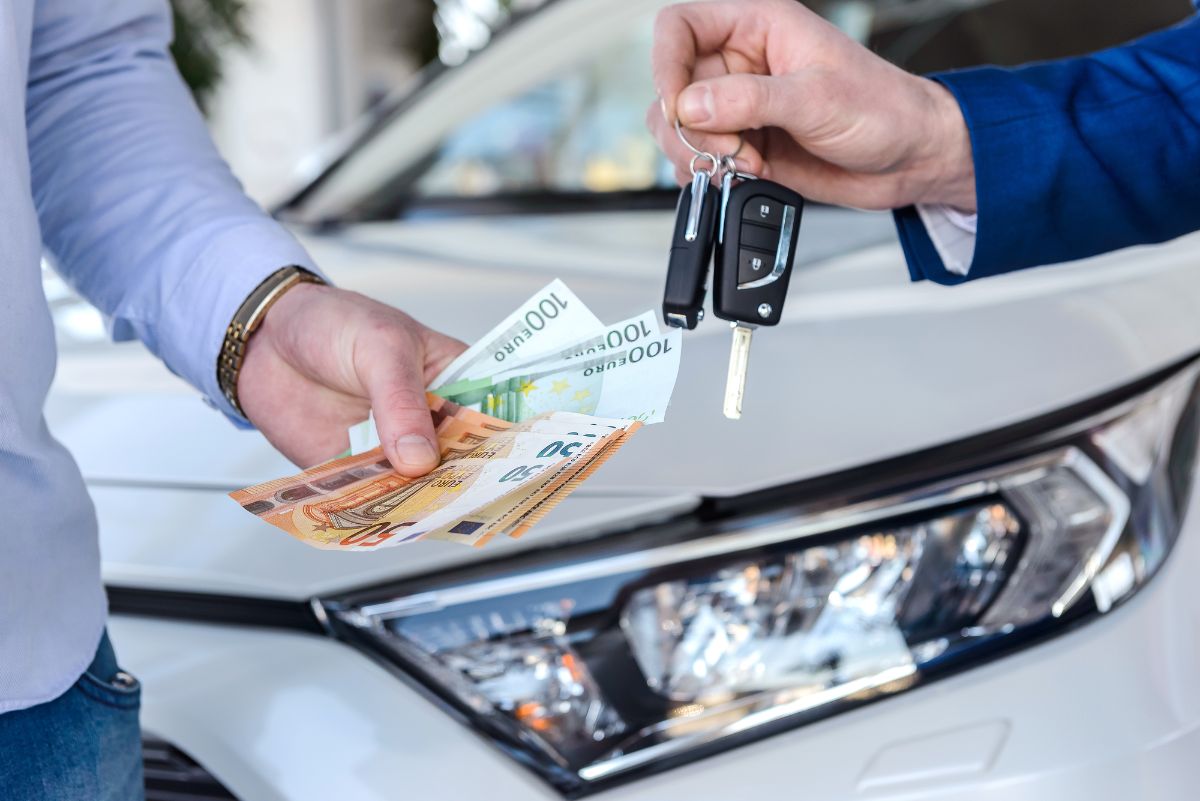
You’ve been cruising the car lots looking for your dream car. You’ve found it, but the dealership won’t haggle on price. You need to take a fistful of cash in there with you in order to buy the car. You’ll have to sell your car yourself.
1. More Money
Consult Kelley Blue Book for both the retail and wholesale values of your car. Then you can ask for a price comfortably between the two and most likely get it.
2. Posting Your Car For Sale
Post your car sale in places like CarMax, Autotrader, Carvana and such likely places. Buyers will have access to the vehicle history report, unlimited pictures, plus you can reach millions of car shoppers.
3. Cover Your Backside
Gather all the paperwork on the car such as repair reports, registration, insurance, and title. Meet with prospective buyers in a public place such as public parking lots or the local fire department or police station.
Ladies, make sure you have a man handy when meeting with prospective buyers.
When offering test drives, it’s a good idea to offer them from the parking lot of your local car mechanic’s shop. The mechanic can go along on the test drive to avoid any shenanigans from prospective buyers.
Because you have researched the Kelley Blue Book prices for your car, if a prospective buyer tries to low-ball you, then you’ll be prepared with the facts. Don’t be so desperate to sell your car that you’ll take just any old price. Stand your ground.
My Advice
Whether to trade in your car or sell it yourself basically comes down to one thing: money. If you have the time to talk to prospective buyers, go on test drives with them, and dicker on price, then sell your car yourself. You’ll get a better price.
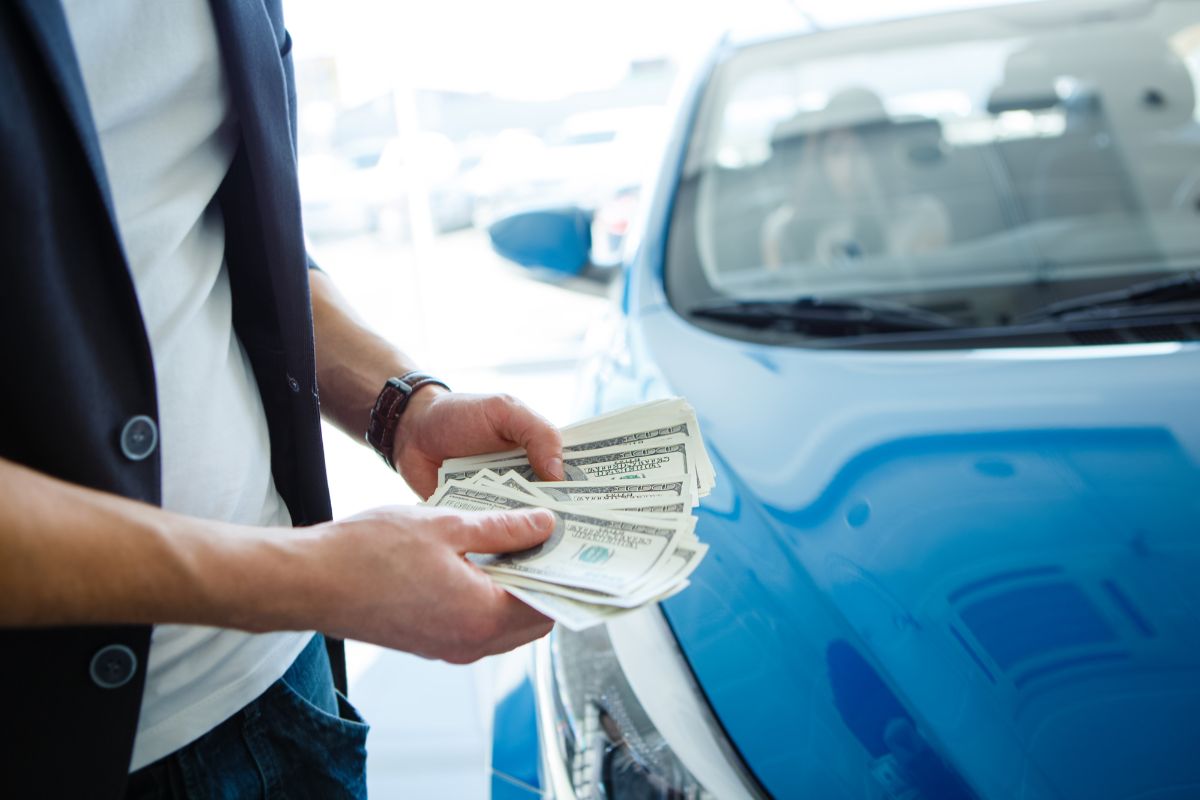
However, if time is of the essence, then trading in your car might be a better idea. Just be aware that dealerships don’t give away money. You’ll only get a little less than wholesale on your car.
If you still have car payments to make, then you might want to pay down the loan substantially before you sell or trade your car. This is reflected in the price you’ll get for your car from a dealership.
Not only that, but the present car loan will roll over into your new car payment, which will possibly double your car payment and interest. Additionally, no private buyer wants to pay off your car loan just to get your car.
Sometimes no prospective buyer shows up to look at your car. If this is the case, it would make sense to trade in your car.

